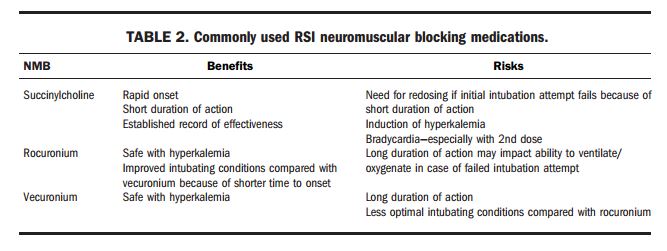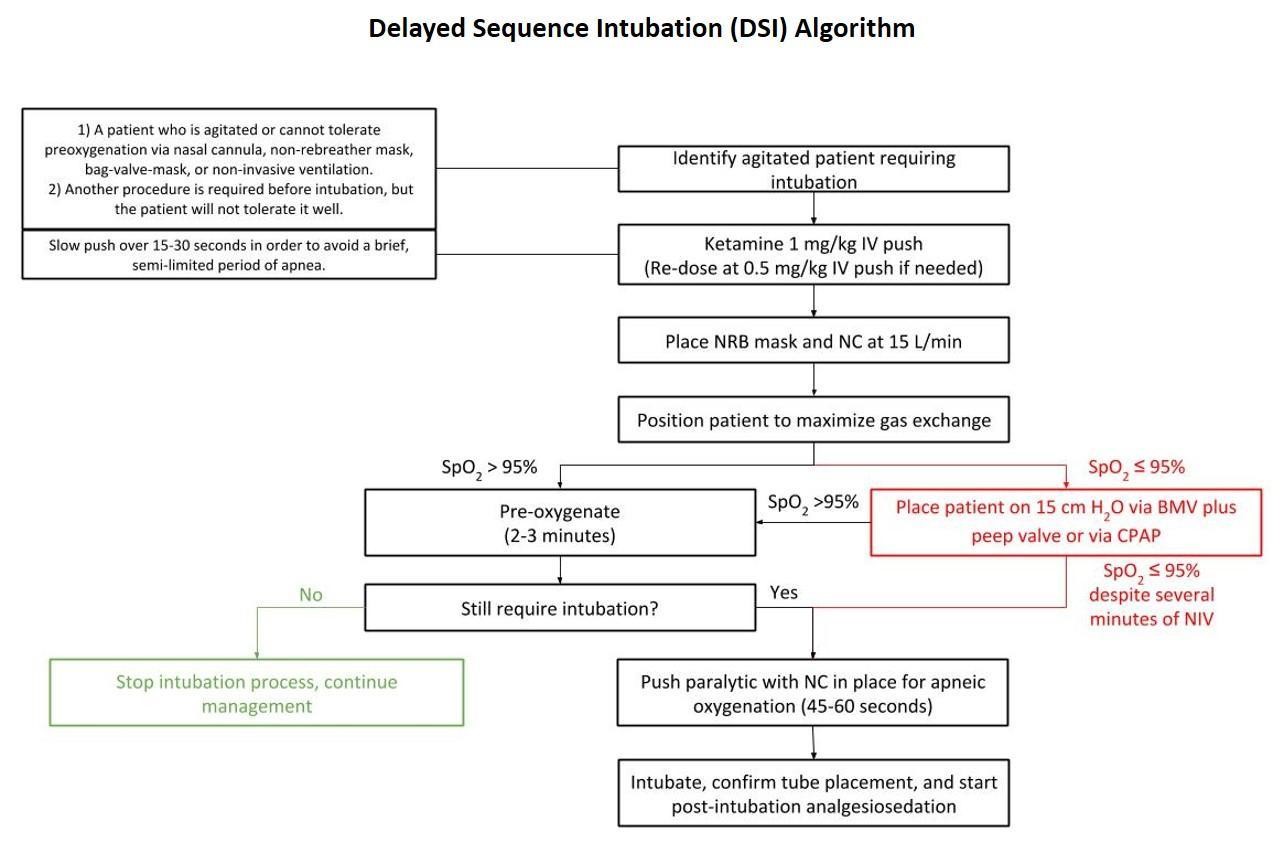

The goal in this step is to wash out as much nitrogen in the body to provide an oxygen reserve for the patient while they are apneic.

#Rapid sequence intubation guidelines 2013 mac
This is meant to prevent insufflation of the stomach and the risk of aspiration from vomiting – especially important in emergency patients who might have just finished their Big Mac before coming in or have conditions predisposing them to aspiration (GERD, traumatic brain injury, pregnancy, etc.). The concept of RSI is that the patient is sedated and paralyzed in order to allow for intubation without the application of artificial breaths via a bag valve mask (BVM). This article will not be a complete or exhaustive resource for this topic, but it can serve as a starting point for medical students. In emergency medicine, rapid sequence intubation (RSI) comes into play when there is neither the time nor the luxury of adequately prepping a patient whose airway and breathing are compromised. We all learn our ABC's as kids, but after a couple years of medical school they take on a different meaning: airway, breathing, and circulation.


 0 kommentar(er)
0 kommentar(er)
